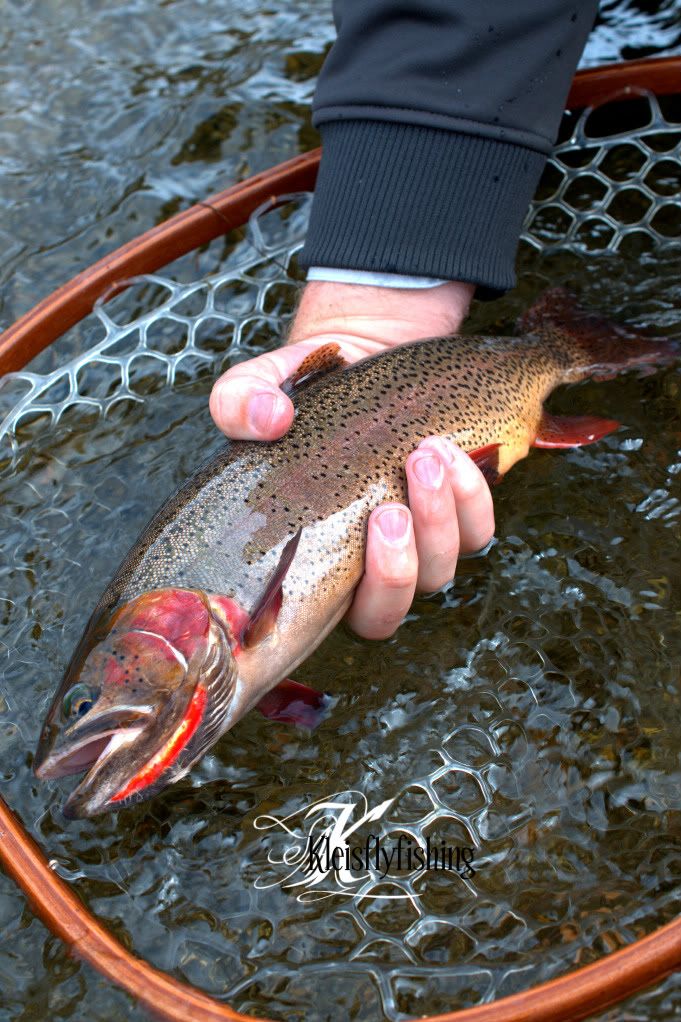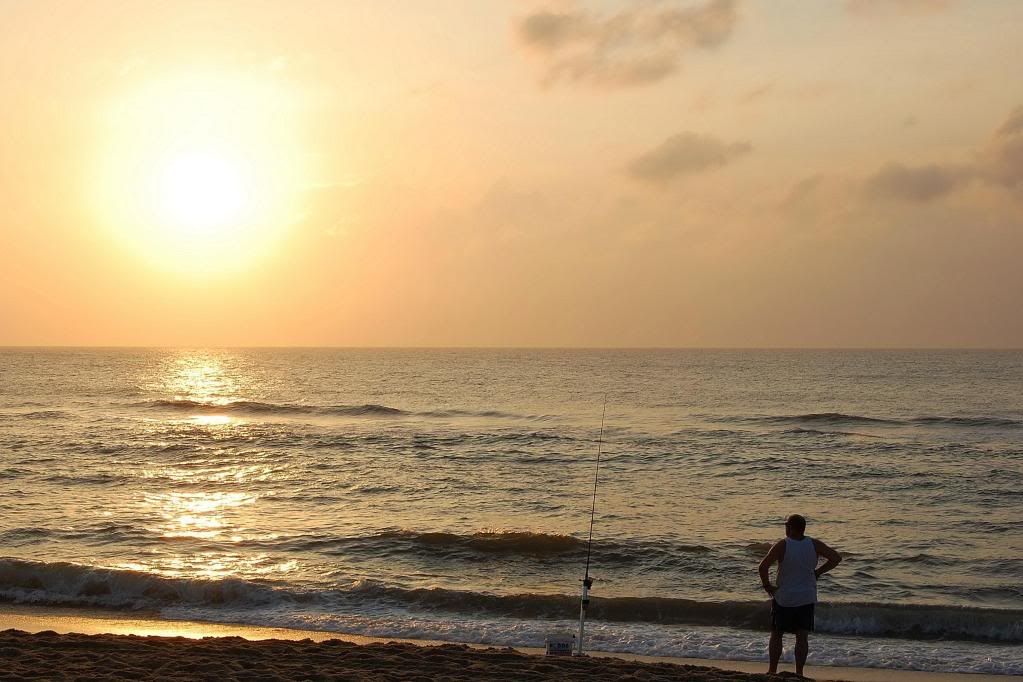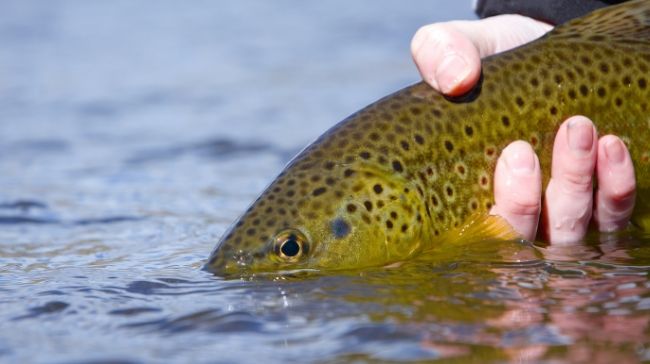 |
| This shot was taken with my Nikon D90 DSLR |
I was inspired by my friends at outtherecolorado.com and decided it was time to write an article on what to look for when purchasing a camera to take with you on the water. Do you buy a compact point and shoot camera, or a larger Digital SLR? What about low light? Do you want your camera to shoot full 1080p video? How important is it that your camera is water proof? These are the questions I will attempt to answer along with giving you suggestions on the current options available for purchase.
First lets start with what I have talked about in previous articles, and that is the simple fact that most point and shoot cameras aren't much better than the cameras built into many of the current generation smartphones. I say "most" because there are a few extreme exceptions to that rule. Does that mean you can carry your iphone with you everywhere and you're good? It depends on the quality of photo you want and the size of the prints you plan on making. When a "point and shoot" or smart phone camera has 8 mega pixels it doesn't mean that it will make better prints, or produce a higher quality photo for sharing on the web than a DSLR with a larger and more accurate sensor that is only rated to 6 mp.
If you're reading this and you're thinking, "Jon Kleis what the flying french toast are you talking about? What is a sensor?", then let me share with you fellow trout bums that a sensor on a digital camera does the same thing that film does in a 35mm camera. When you press the shutter release button on an old school 35mm camera the shutter opens and the image is captured on a piece of film. Digital cameras record what your eye sees through the viewfinder onto a sensor, and that information is then transferred to whatever storage device it uses (ex: a SD memory card).
Digital cameras come with different sizes of sensors the same way that film comes in different sizes/formats. Smart phones and "point and shoot" cameras typically have smaller sensors than a Digital SLR. Larger still is a "full frame DSLR", which is the digital equivalent to 35mm. Many of you will not need a full frame digital camera unless you plan on making wall sized professional prints.
In other words the size of the sensor in your camera will greatly determine how large a print you can make. Point and shoot/smartphones cameras = small sensors which are fine for small prints up to 8x10 inches, DSLR's = medium sized sensors which are good for making up to poster sized prints, Full Frame DSLR = HUGE sensor and huge prints which won't be necessary for most fishing applications.
This is why I carry a DSLR when I fish. The second reason I prefer my Digital SLR to most "point and shoot" cameras is because they tend to perform better in low light conditions. Many huge fish are landed either first thing in the morning or during that magic hour before the sun sets in the evening. For this reason it is my humble opinion that a camera that takes high quality photos under low light conditions is extremely important.
How well a camera does in low light is determined by its ISO range. The average point and shoot/camera phone will have an ISO between 50-800. A good camera for shooting in low light has an ISO between 100-3200. The higher the range typically the better the camera does in low light. Tip: you can find the technical specs such as a camera's ISO range on the box it is packaged in or online on most manufacturer's websites. Both of the following shots were taken in low light free hand during sunrise with my 6mp Nikon D40 DSLR.
 |
| Dream Stream Sunrise |
 |
| Guy Fishing The Surf On The Outer Banks North Carolina |
The downside to carrying a DSLR with you on fishing trips is that these cameras large and can be heavy. If you insist on having a more compact camera to carry with you everywhere, and still want to capture amazing professional looking photos there are a few "point and shoots" on the market that have a lot of the same capabilities as their DSLR counterparts. The Canon Powershot G12 has a high ISO range up to 3200, built in image stabilization, and shoots 720p video with stereo sound. Honestly I don't think there is a better point and shoot for the money other than the camera that will ultimately replace the G12 which is the Canon Powershot G1 X.
Because the G1 X has: a larger sensor, a high speed USB connection, ISO range up to 12800, and shoots full 1080p video it is the ultimate fishing compact camera. The G1 has an elite price tag though at $800. The G12 currently sits at $450 which is a steal, and that price will probably continue to drop so my advice is to go for the G12 for almost half the price. Neither camera is waterproof, but the only scenario I can imagine you would need it to be waterproof is if you are shooting underwater or taking your camera out with you on a float tube in which case get a real submersible camera like the Gopro Hero 2. Ninety percent of the time if you are wanting a picture of a big fish you will be dragging it to the bank so leave the camera there where it's safe and dry.
DSLR's have many benefits for someone wanting to get the best possible photo of their fish or their beautiful surroundings. The first benefit I previously mentioned and that is that they are considerably better for shooting in low light. Next you have the option of interchangeable lenses which is huge because the glass your sensor records the image through is every bit as important as the sensor itself. You will see a tremendous increase in the quality of your photos if you invest in good lenses for your camera. Last but not least another huge benefit to keeping a DSLR with you when you fish is the fact that you can crop the image and still keep a high quality in your photos.
Their are two major players in the DSLR market (Canon and Nikon), and they each have a cult following neither of which I subscribe to. That being said I have only owned Nikon cameras. It is my opinion that Nikon does a great job of including options in their entry level cameras that make it easier for new photographers to learn the technical aspects of photography. However both Nikon and Canon have the option to take pictures in full Auto which is what most people will be shooting in anyway. I believe that Nikon has extremely good quality glass in their entry level lenses as well.
Almost all of the entry level $600-$800 Digital SLR cameras come with a kit lens that will get the job done. Just about all of the 2011 to 2012 DSLR cameras shoot video as well. Another sound piece of advise I will give you is not to buy the camera based on its video taking capabilities alone unless it is your intention to start shooting and producing your own fishing videos. Many of these cameras shoot great video but they are built as still cameras.
One of the many downfalls shooting video with these cameras is that if you are shooting with the lens set on full auto focus you can hear the lens focusing as background noise. Video on DSLR's is just an option that is great for catching those family moments, or the moments no one will believe unless they are seeing it unfold. If you want great video the best way to go is to purchase a dedicated video camera.
If I were to purchase a new entry level DSLR based on my experiences and knowing what I know now it would be the Nikon 3200. Seven hundred dollars gets you the camera body which has an ISO range of 100-12800, 24.2 mega pixels, full 1080p video, and a built in guide mode that teaches you how to use the camera. A great 18-55mm lens with built in Vibration Reduction which will also help you get clean looking hand held shots in low light.
I have read the reviews, seen the sample photos, and looked at the tech specs of both the Canon Powershot G12 and the Nikon 3200 and would recommend either one of those cameras for fisherman. Not taking video into consideration I give a slight edge to the Nikon 3200 based on its user friendliness and the quality of photos. But if you want a camera that you can throw in your fishing pack that won't take up a lot of space the G12 is still an excellent choice. For more gear reviews and helpful tips subscribe to my blog at www.coloradoflyfisher.blogspot.com

I'm guilty of shooting with the phone... Every single time I get it out, I pray that it has a charge. Good info!
ReplyDeleteThanks bc nerd!
ReplyDeleteThe downside to carrying a DSLR with you on fishing trips is that these ... camerafishing.blogspot.com
ReplyDeleteGood info
ReplyDeletebut the higher the magnification of the object is recorded, or often referred to as a zoom lens. HP Thermal Camera
ReplyDeleteWow what a nice post on Cameras & Imaging. An awesome post. Thanks for sharing
ReplyDelete